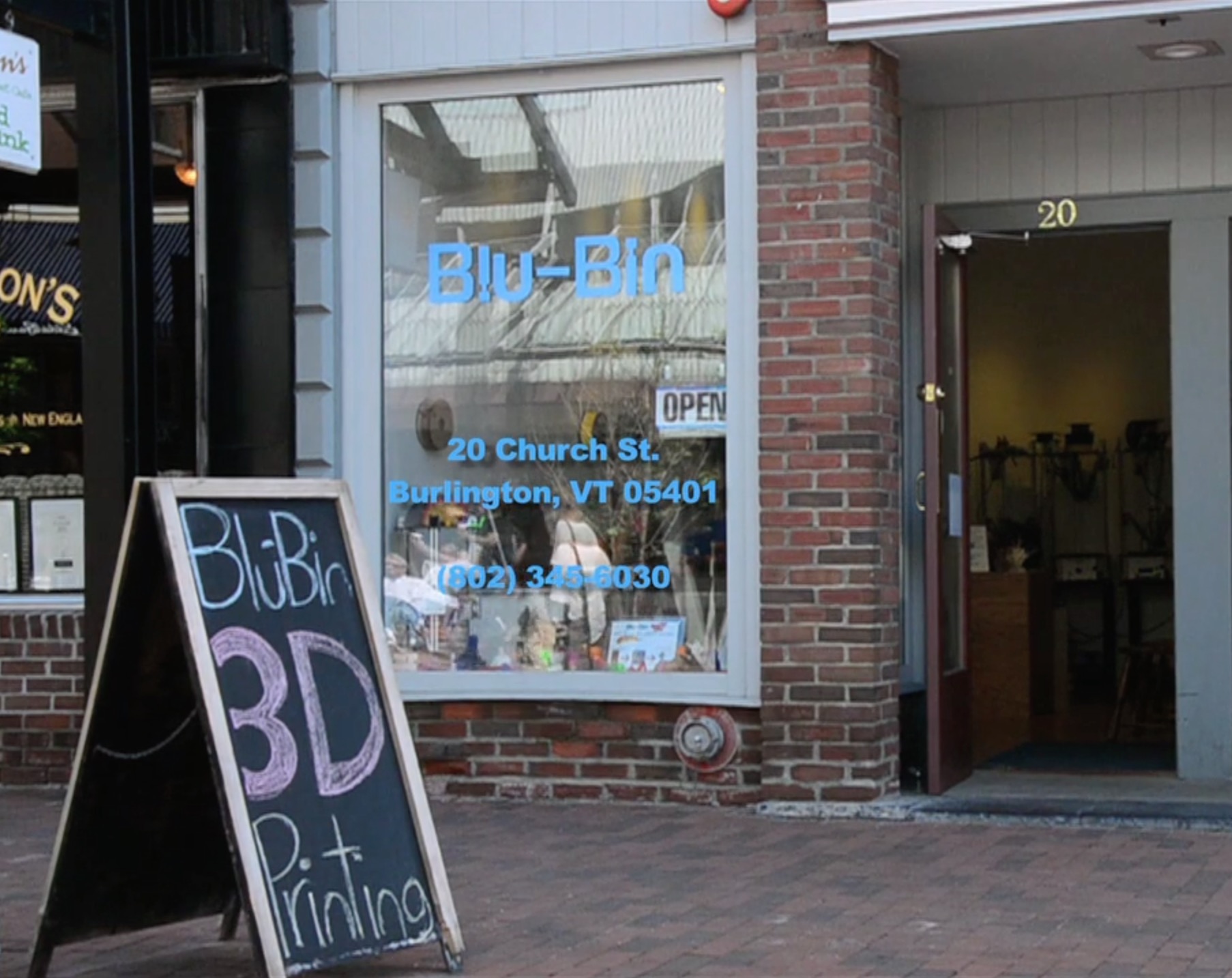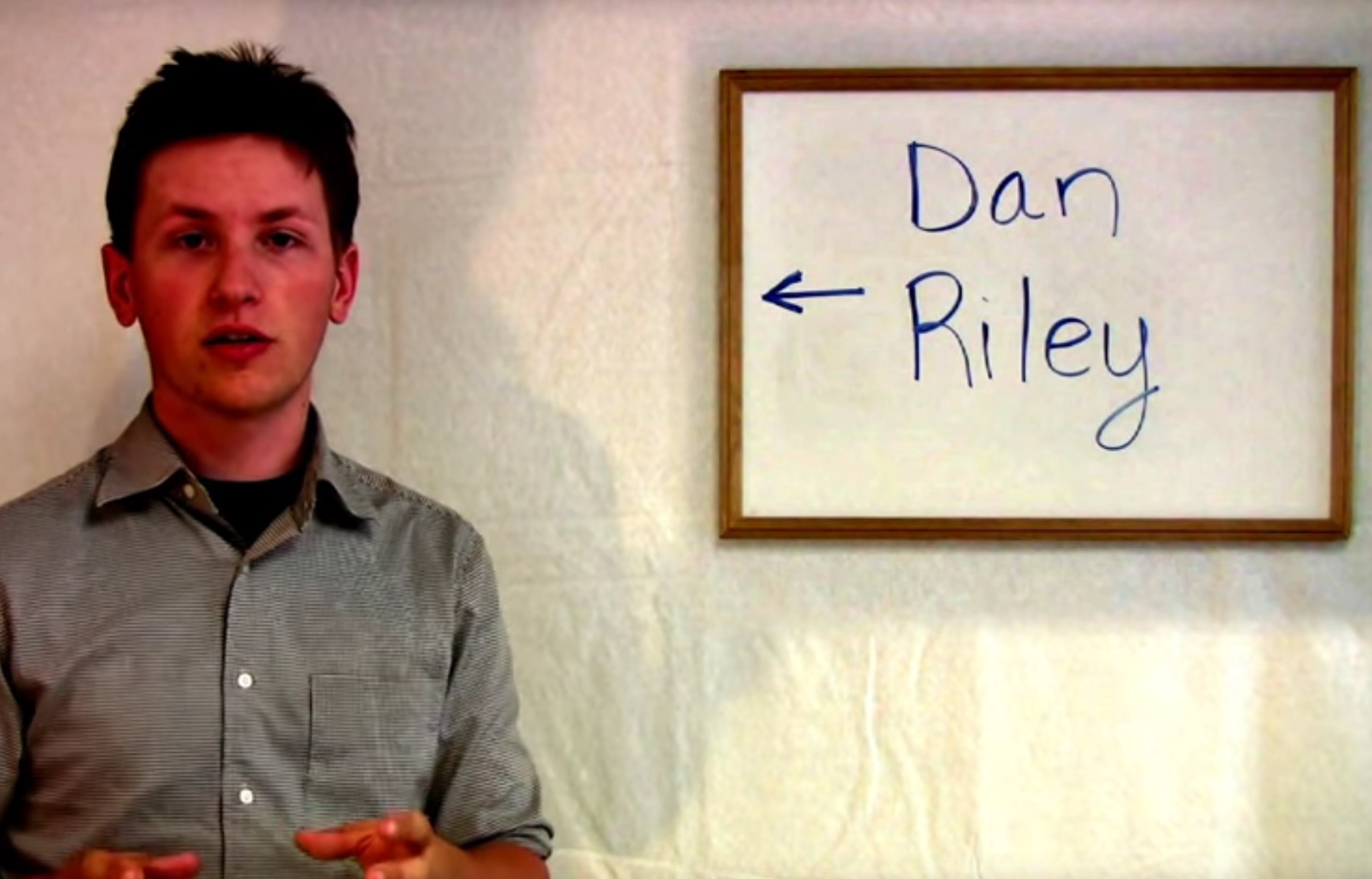
We’ve been discussing the idea of 3D print services with Dan Riley, founder of Blu-Bin, a chain of “neighborhood” 3D printshops.
These are retail-style outlets that provide basic 3D printing services on inexpensive equipment. They’re quite different from the big commercial 3D print services such as Shapeways, Sculpteo and i.Materialise, and they’re also quite different from the cloud-based 3D Hubs approach.
While the other services may offer more choice in equipment, the neighborhood printshop concept can offer more interaction with skilled resources.
Most of the news coverage hits the big players, obviously, while the smaller neighborhood players simply don’t have the resources to advertise or make public appearances. They also cater to local areas, making their scope of operations incompatible with large scale marketing efforts.

Riley bemoans the focus on the big players:
Where’s the love for 3D print shops? Retail locations where the unwashed masses get to interact with the tech without having to dish out a few thousand for their own personal Takerbot clone? I’ve been running these things for more than 3 years and I see maybe one or two articles a quarter about the industry, and yet it’s obvious that it’s the direction the industry is going.
He says this because, apparently, his concept of retail neighborhood 3D printer shops appears to be working. The idea is that curious people without the necessary 3D skills and experience can actually talk to someone who knows what to do. This adds significant confidence to the buyer and is not easily available from the cloud-based services. Here are more of Riley’s observations:
9 out of 10 people who use our service have never seen 3D printing in real life before, only on TV or Youtube. This makes me think the barrier to entry is made artificially high by requiring people to buy a machine.
Our locations go through three waves of customer adoption: 1) kids buying toys or getting 3D scanned and turned into action figures. 2) Prototypers stop burning/shocking themselves on their own machine and start using our service. 3) Families start using the service as their go-to solution for custom gifts, projects, or things that break around the house.
Even libraries, school, and individuals who own their own 3D printers use our service, because the 3D printer industry is focused around planned obsolescence and when the machine breaks there is more often than not nobody with the skills to fix them.
Blu-Bin offers very simple pricing that’s compatible with consumer understanding of 3D printing: “if it fits within volume X, the price of printing is Y”. This type of thinking is critical to provide 3D print services to the general public. In fact, Riley’s current Blu-Bin outlet is based in a northern California shopping mall!
Riley seems to have hit on the crux of the 3D print industry’s marketing problem: “People don’t want the machine, they want what it does.”
This profound statement is totally true; after the initial magic wears off, we must focus on the true benefits of using 3D printing.
And there are quite a few.
Via Blu-Bin

